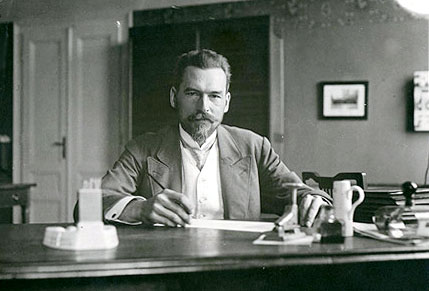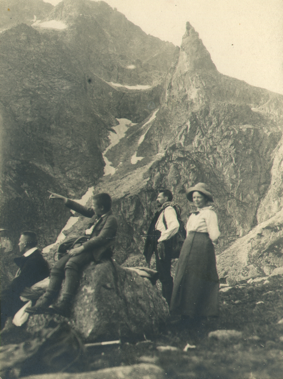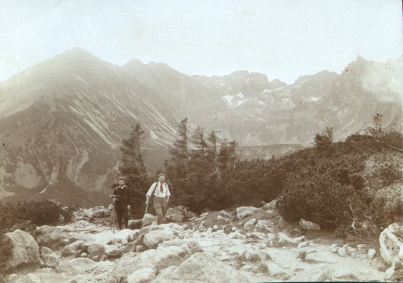 Marian Smoluchowski
Marian Smoluchowski

Born in Vorderbrühl, Habsburg Empire in 1872, Marian Smoluchowski spent the first 27 years of his life in Vienna, including early education in the prestigious, selective secondary school Theresianum and graduation from the University of Vienna. After receiving PhD diploma in 1894, he continued studies in Paris, Glasgow and Berlin.
In 1899 Smoluchowski was offered and accepted a chair at the University of Lvov. The time spent there contributed substantially to his creative power and inventiveness. In 1913 he moved to Jagiellonian University in Kraków, taking over the chair in Experimental Physics after August Witkowski and later became a dean of the Faculty. In appreciation of his scientific work and his commission to promote science as a Faculty member and an academician (Smoluchowski was a member of the Polish Academy of Science and Letters), in 1917 he was elected the Rector of the Jagiellonian University. He awaited eagerly opening of a new academic year and prepared his inaugural address as Rector, entitled "On the Uniformity of Laws of Nature". In summer that year, accidentally he succumbed to an epidemic of dysentery and died shortly after, at the age of 45 on September 5, 1917.
Smoluchowski's scientific output is considered until today as a part of most fundamental work on the kinetic theory of matter and theory of fluctuations.
As Mark Kac wrote [1]: "... while directed toward the same goal how different the Smoluchowski approach is from Boltzmann's. There is no dynamics, no phase space, no Liouville theorem — in short none of the usual underpinnings of Statistical Mechanics. Smoluchowski may not have been aware of it but he begun writing a new chapter of Statistical Physics which in our times goes by the name of Stochastic Processes. It is the probabilistic point of view in contradistinction to the statistico-mechanical one that is also clearly present in Smoluchowski's first paper on Brownian motion and in a paper on the mean free path which just preceded it. This is a remarkable paper in which as far as I know the relation between random walk and diffusion is first established (L. Bachelier who is usually credited with this discovery comes a little later). Equally remarkable is the fact that Smoluchowski uses here Fourier transforms to handle convolutions of probability distributions and is thus first to prove a special case of the central limit theorem of probability theory by means of characteristic functions. The novelty and originality of the Smoluchowski approach lie in his bold replacement of an impossibly difficult dynamical problem (a Brownian particle in a gas or liquid) with the statistical element coming in through the lack of specification of the initial state by a relatively simple stochastic process. A dynamical event like a collision, for example, is thus treated as if it were the result of a toss of a coin or a die with the laws of mechanics determining (to some extent at least) the probabilities of various outcomes. The underlying idea proved enormously fruitful and it gradually permeated much of statistical physics; permeated it, in fact, so well that few of us realize today that much of „modern" problematics (notably that related to so called master equations) is directly traceable to ideas first promulgated by Smoluchowski in the early years of this century" .
[1] Mark Kac, Marian Smoluchowski and the evolution of statistical thought in physics, In: Marian Smoluchowski, His Life and Scientific Work, Polish Scientific Publishers PWN, Warszawa 1999
[2] M. Smoluchowski, Bull. Int. Acad. Sci. Cracovie, 477 (1906); M. Smoluchowski, Ann. Phys. 21, 756 (1906).
[3] M. Smoluchowski, Bull. Int. Acad. Sci. Cracovie, Cl. Sci. Math. Nat. 202 (1906).
Some additional texts about M. Smoluchowski and his contributions to statistical physics
- Theory of Brownian Motion: A Hundred Years' Anniversary by P. F. Góra
- Bibliography note by H. Posch and W. W. Szymanski
- Centenary of Marian Smoluchowski Theory of Brownian Motion by J. Piasecki
- Lviv period for Smoluchowski: Science, teaching and beyond by A. Rovenchak
- On stochastic dynamics in physics - remarks on history and terminology by W. Ebeling, E. Gudowska-Nowak and I. M. Sokolov

